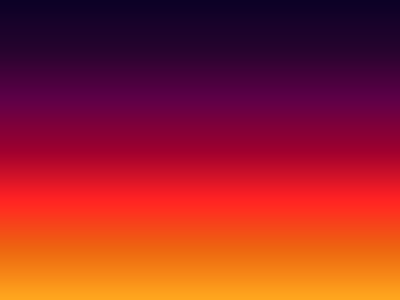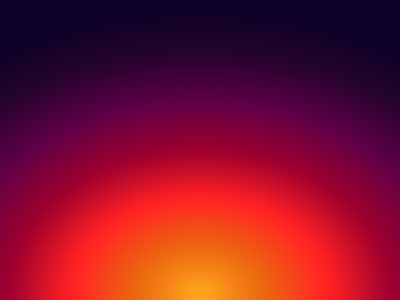I am presuming that you created them using the commands you posted above? Hence ...
your first picture, non-linear created with
Code: Select all
convert \( -size 1100x742 gradient: -rotate 180 \) \
\( -size 1x1 xc:#0c0126 xc:#19022a xc:#27032e xc:#43013a xc:#5f0046 xc:#7e003a \
xc:#9e002f xc:#ce1129 xc:#fe2323 xc:#f6441a xc:#ee6611 xc:#f68617 xc:#ffa61e -append \) \
-interpolate Bicubic -clut \
1tmp2.pngCode: Select all
convert \( -size 1100x742 gradient:"gray(255)-gray(0)" -rotate 180 \) \
\( -size 1x1 xc:#0c0126 xc:#19022a xc:#27032e xc:#43013a xc:#5f0046 xc:#7e003a \
xc:#9e002f xc:#ce1129 xc:#fe2323 xc:#f6441a xc:#ee6611 xc:#f68617 xc:#ffa61e -append \) \
-interpolate Bicubic -clut \
1tmp3.png
I took a screenshot and placed them side-by-side with gimp. The left picture is your linear image, the right one the non-linear image. Obviously, the colours of the left image look completely wrong. It looks like this in Firefox and in Chrome.
I saved these two images to disc and then opened them with gimp. This is what they look like through gimp and other image viewers:

The colours are correct but the gradients are identical!
Are you sure you used different commands to create them? (The image sizes are different.) What the hell is going on?









